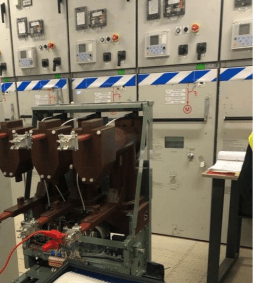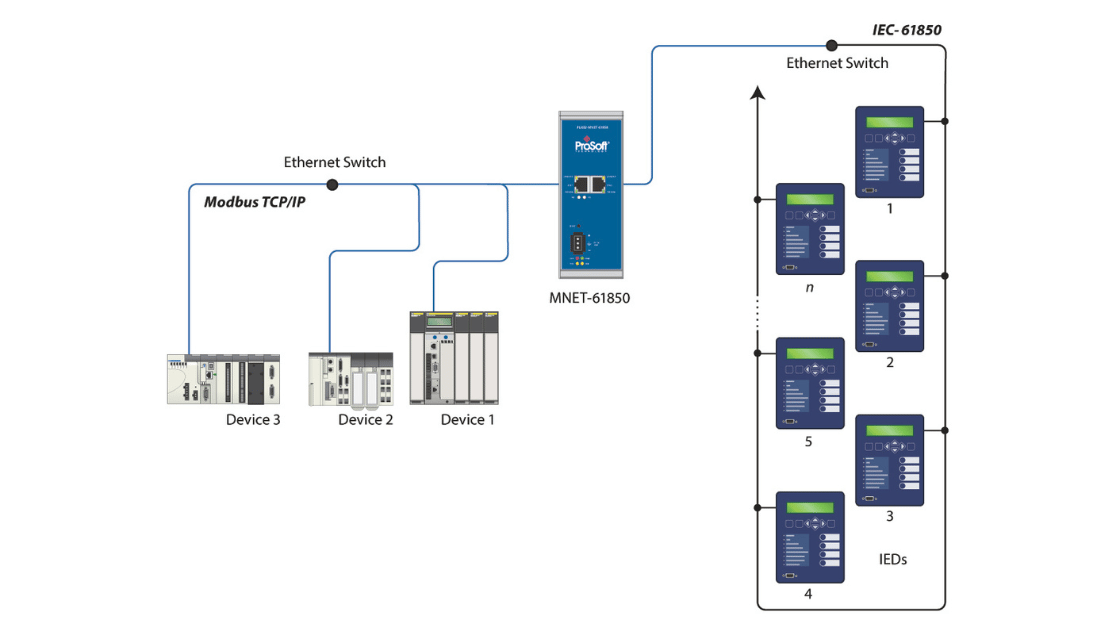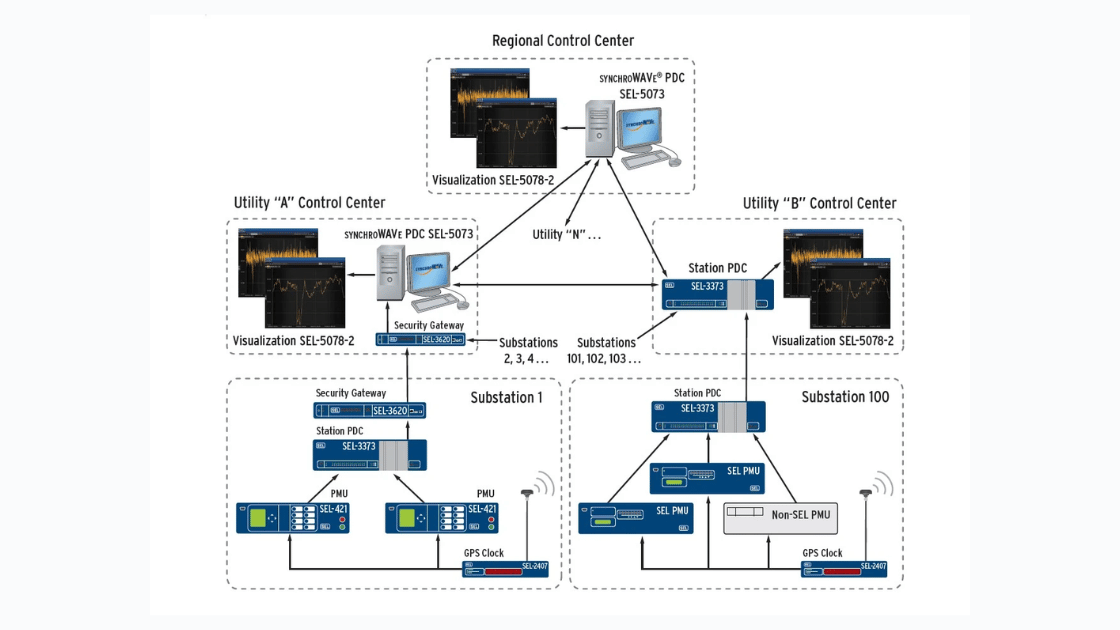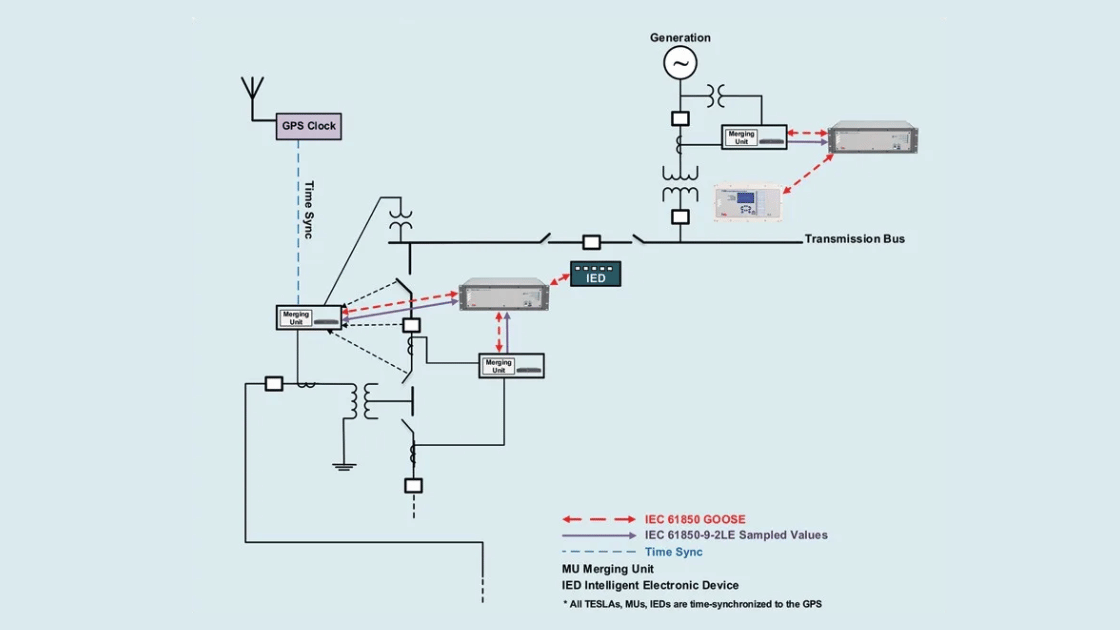A Coordinated Electric System Interconnection Review—the utility’s deep-dive on technical and cost impacts of your project.
Essential Steps for Commissioning Circuit Breakers
April 1, 2023 | Blog

Introduction of Commissioning Circuit Breakers
Commissioning tests play a crucial role in ensuring the proper functioning and reliability of circuit breakers. This article will outline the key steps involved in commissioning circuit breakers, covering various aspects of their operation and performance. By following these steps, you can verify the correct installation, functionality, and safety of the circuit breaker.

1. Verification of Control Wiring
The first step is to meticulously check the control wiring for correct connections, continuity, and insulation resistance (IR) values. This ensures that the control circuit operates smoothly and reliably.
2. Manual Operation
Next, manually operate the breaker to test its functionality. This involves physically operating the breaker to ensure smooth movement and alignment with its intended positions.
3. Power Closing and Operating Tests
Perform tests to evaluate the breaker’s ability to close and operate both manually and electrically. This step confirms that the breaker can successfully handle the expected load and interruption requirements.
4. Tripping and Closing Time
Measure and record the breaker’s tripping and closing time to assess its response time. This test helps ensure that the breaker can promptly interrupt faults and restore power when needed.
5. Trip-Free and Anti-Pumping Operation
Verify the breaker’s trip-free and anti-pumping mechanisms. Trip-free operation ensures that the breaker cannot be held in the closed position when it should open, while anti-pumping prevents repeated closure attempts during a fault condition.
6. IR Values, Resistance, and Minimum Pickup Voltage
Evaluate the insulation resistance (IR) values, resistance, and minimum pickup voltage to ensure electrical integrity. This step helps identify any potential issues with insulation or abnormal resistance that may affect the breaker’s performance.
7. Contact Resistance
Measure the contact resistance to confirm low resistance levels. High contact resistance can lead to excessive heating and arcing, jeopardizing the breaker’s reliability.
8. Simultaneous Closing and Mechanical Interlocks
Check if the circuit breaker has mechanical interlocks that prevent simultaneous closing with other breakers. This safety measure prevents short circuits and ensures proper sequencing during switching operations.
9. Electrical and Mechanical Interlocks
Thoroughly inspect and verify the proper functioning of all electrical and mechanical interlocks provided with the circuit breaker. These interlocks prevent unsafe conditions, such as unauthorized operations or incorrect switching sequences.
10. Spring Charging Motor and Limit Switches
Perform tests on the spring charging motor to ensure correct operation and assess the time required for charging. Additionally, verify the operation of limit switches, which control the breaker’s position during various operations.
11. Current Transformers (CTs)
Conduct checks on the current transformers (CTs) to ensure their proper installation and connection. Accurate current measurement is crucial for the breaker’s protection and coordination with other equipment.
12. High Voltage Test
Perform a high voltage test to verify the breaker’s insulation withstand capability. This test ensures the breaker can handle the rated voltage and prevents insulation failures under normal operating conditions.
13. Functional Tests
Conduct a series of functional tests to verify all aspects of the circuit breaker’s operation. These tests may include checks on auxiliary contacts, alarms, signaling devices, and any other features specific to the breaker model.
Conclusion
Commissioning circuit breakers involves a comprehensive set of tests and verifications to ensure their reliable and safe operation. By following these steps, you can identify any issues, ensure correct functionality, and enhance the overall performance of the circuit breaker system. Remember to refer to the manufacturer’s guidelines and consult with qualified professionals for specific procedures and safety considerations

About the Author:
Sonny Patel P.E. EC
IEEE Senior Member
In 1995, Sandip (Sonny) R. Patel earned his Electrical Engineering degree from the University of Illinois, specializing in Electrical Engineering . But degrees don’t build legacies—action does. For three decades, he’s been shaping the future of engineering, not just as a licensed Professional Engineer across multiple states (Florida, California, New York, West Virginia, and Minnesota), but as a doer. A builder. A leader. Not just an engineer. A Licensed Electrical Contractor in Florida with an Unlimited EC license. Not just an executive. The founder and CEO of KEENTEL LLC—where expertise meets execution. Three decades. Multiple states. Endless impact.
Services

Let's Discuss Your Project
Let's book a call to discuss your electrical engineering project that we can help you with.

About the Author:
Sonny Patel P.E. EC
IEEE Senior Member
In 1995, Sandip (Sonny) R. Patel earned his Electrical Engineering degree from the University of Illinois, specializing in Electrical Engineering . But degrees don’t build legacies—action does. For three decades, he’s been shaping the future of engineering, not just as a licensed Professional Engineer across multiple states (Florida, California, New York, West Virginia, and Minnesota), but as a doer. A builder. A leader. Not just an engineer. A Licensed Electrical Contractor in Florida with an Unlimited EC license. Not just an executive. The founder and CEO of KEENTEL LLC—where expertise meets execution. Three decades. Multiple states. Endless impact.
Leave a Comment
We will get back to you as soon as possible.
Please try again later.














